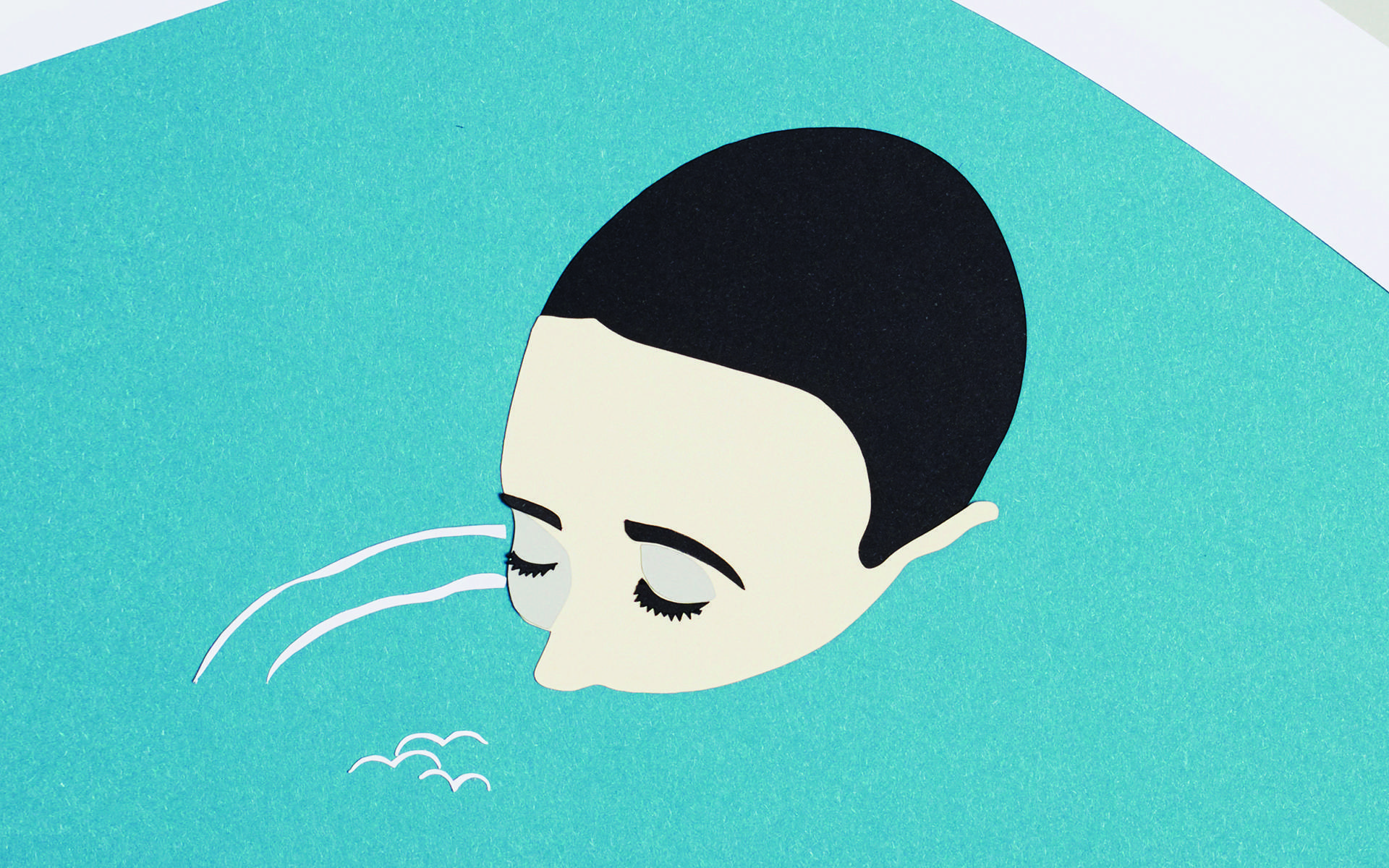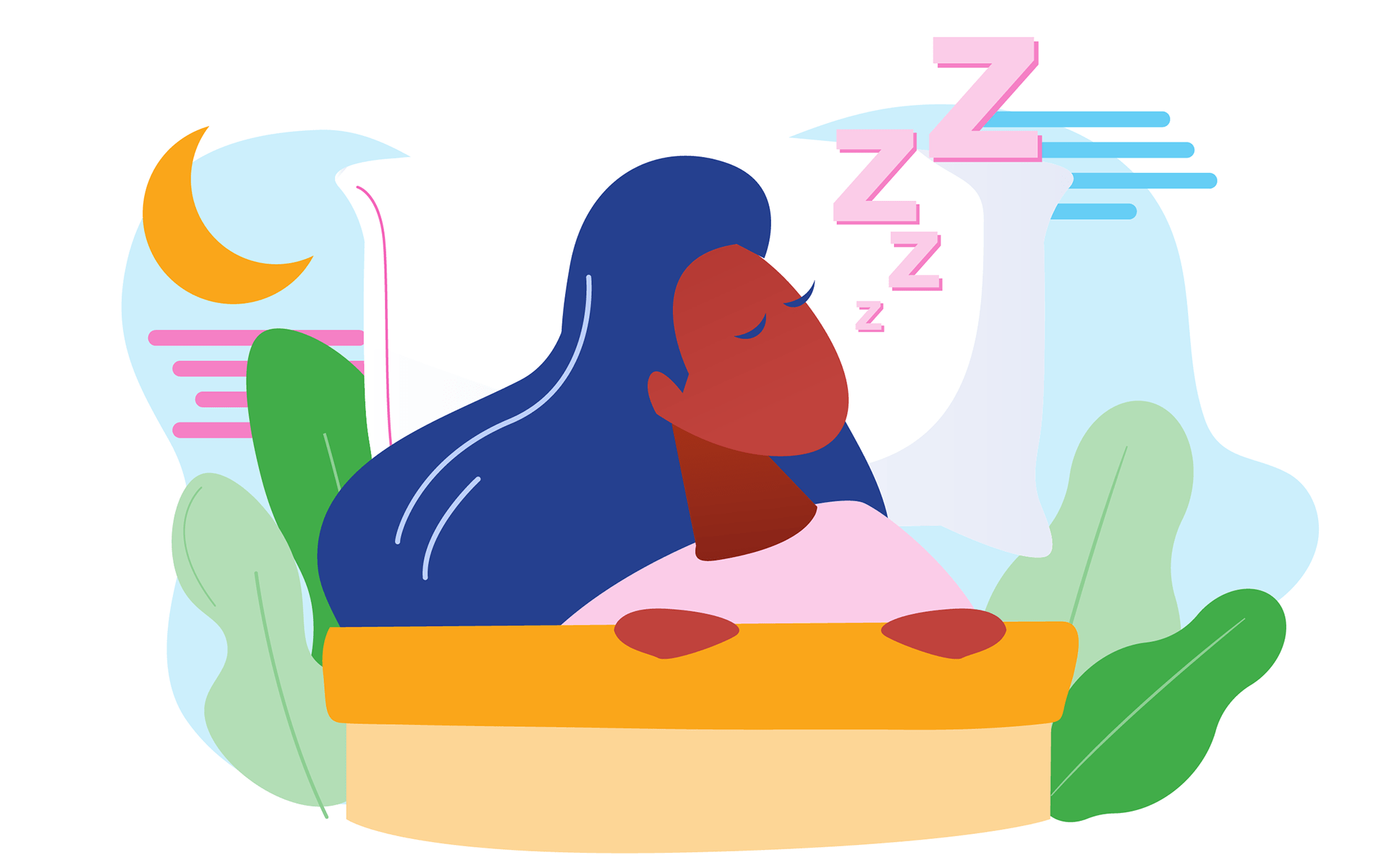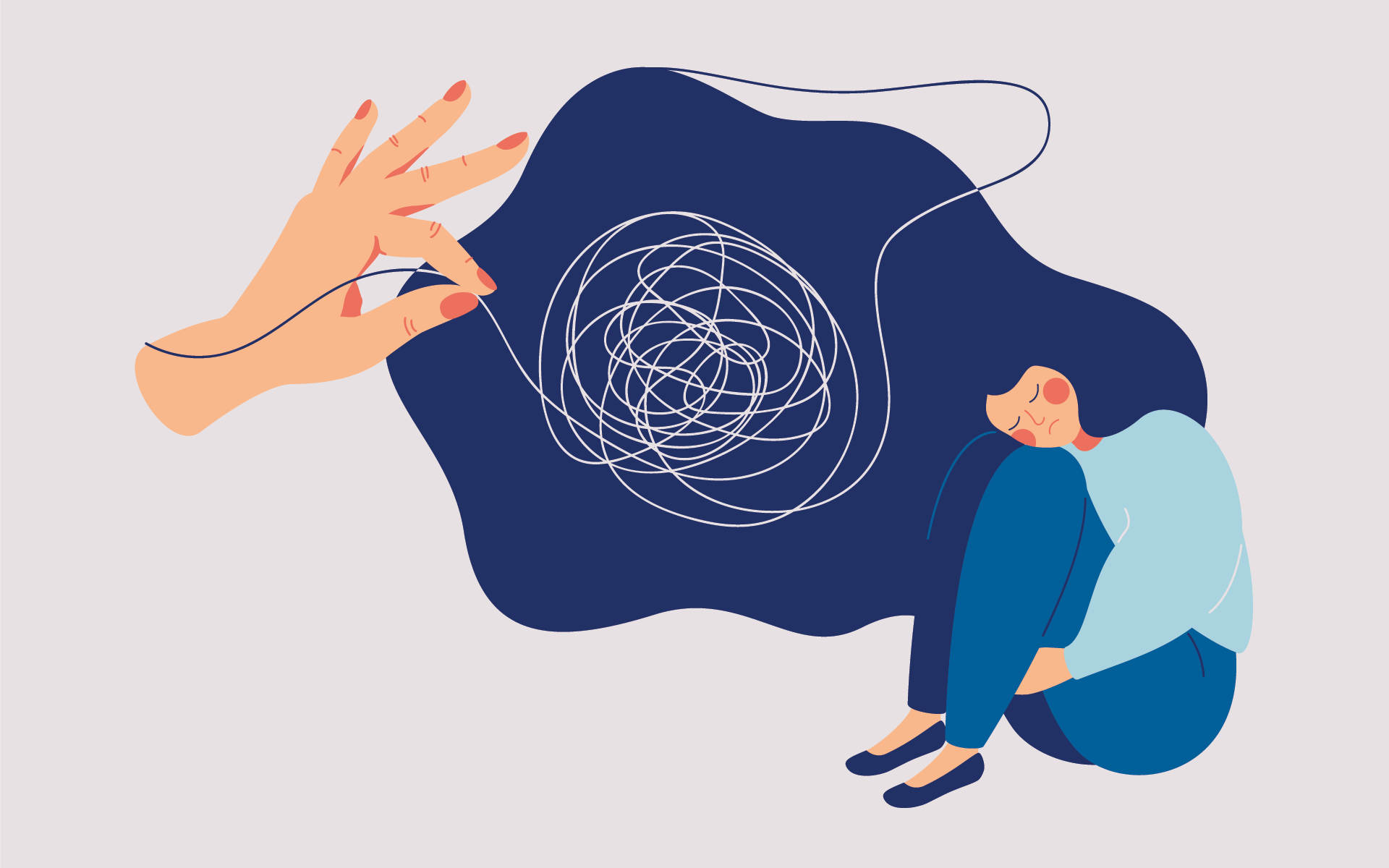Depression is a classic example of what’s referred to today as an invisible illness. When you’re depressed, you may find yourself expending precious energy just so you can appear to the world as if nothing at all is troubling you.
This “it’s-work-to-seem-fine” coping mechanism illustrates just one way in which depression complicates your life. Not only are you exhausting yourself pretending to be OK, you may find it hard to rally support from friends, family, and coworkers who only see how well you seem to be functioning.
While there is rapidly growing recognition of the very real difficulty and damage caused by depression, the stigma of past decades and centuries lingers. We often still hear the familiar notion that you can just “pull yourself together and get on with it,” as though keeping a “stiff upper lip” should be enough to defeat depression. But strong neurochemical, social, and environmental factors contribute to this very real, physical illness, and successful treatment requires more than maintaining an “upbeat attitude.”
Depression Is a Chameleon
Our ability to recognize and effectively treat depression—which 1 in 14 people will experience in their lifetime—is complicated by the fact that it manifests differently in everyone affected, according to the National Institutes of Health. Anything—your age, your gender, or the stage of your depression—can change what the illness looks like for you, meaning it’s not necessarily simple to get a diagnosis, or even recognize symptoms of depression, whether in yourself or in other people.
For women, depression is more likely to appear as sadness, worthlessness, and guilt. Hormonal and life cycle-related changes, as in postpartum depression, can make women more susceptible to developing the illness. In fact, women are statistically more likely than men to experience depression.
For men, depression often looks like exhaustion, irritability, and sleeping problems. They also lose interest in things they once enjoyed. Men are also more likely to turn to drugs and alcohol, experiment with reckless activity, or become intensely devoted to work in order to distract themselves from their illness.
For teens and tweens, depression can look like extended and severe periods of sulking, getting into trouble at school, prolonged irritability, and an intense feeling of being misunderstood.
These are by no means the only ways depression can appear. Some people experience short, intense periods of depression, while others feel it as an unmoving cloud over their awareness; for some, it’s linked to difficult life events, while for others it doesn’t go away even when their outward circumstances seem fine.
Should You Try Mindfulness for Depression?
Various treatment options for depression exist, including drug regimens and talk therapies. However, the jury continues to be out on how effective antidepressants are for treating depression. A comprehensive 2018 study conducted by an international research team examined 522 studies, including 116,477 patients, to learn about the effectiveness of 21 antidepressant medications. The researchers discovered that, although nearly all of the drugs were more effective than placebos, their effects were still “modest” in most cases.
Complicating treatment is the fact that depression is often a chronic condition that tends to relapse, even with medication and talk therapy. According to research, relapse rates range from 50% to as high as 80%.
Interestingly, when mindfulness is added to the standard depression treatment protocols, relapse rates decline. But it’s unlikely that simply practicing basic mindfulness meditation will ease your depression symptoms. In fact, such an attempt could be supremely unhelpful, notes Julienne Bower, PhD, professor of health psychology at UCLA.
She tells us that the research showing that mindfulness meditation improves symptoms of depression is, at best, vague. She also notes that it’s really hard to meditate on your own when you’re depressed.
Zindel Segal, PhD, concurs. The Distinguished Professor of Psychology in Mood Disorders at the University of Toronto, Dr. Segal has pioneered the use of mindfulness meditation for promoting wellness in the area of mood disorders. He was also one of the team who developed Mindfulness-Based Cognitive Therapy (MBCT), a research-backed mindfulness protocol for depressive disorders.
Chronic Unhappiness?
“When we talk about depression, and where mindfulness is strong and less strong as a treatment, we have to know what type of depression you have,” says Segal.
“Don’t consider mindfulness a treatment when you’re dealing with acute depression,” he advises. Depression “shuts down your concentration and disrupts your executive network ability,” which makes practicing mindfulness difficult, says Dr. Segal. Instead, for acute depression, consider seeing a mental health professional for treatment with antidepressants, cognitive behavior therapy, or both. Mindfulness can bolster those treatments, but not replace them.
Mindfulness-Based Cognitive Therapy, however, was specifically designed to help people who are depressed or chronically unhappy. MBCT is a therapeutic protocol that combines cognitive therapy, which helps people interrupt the disturbing behavior or thought patterns that interfere with their lives, with mindfulness practices that help you learn to develop a healthier relationship to unhelpful thought patterns.
“Our research looked at specific ways that MBCT helps people work with rumination and worry in ways that are more generous and compassionate,” says Dr. Segal. “This therapy helps you learn to ‘de-center’ and allows you to see your thoughts unfold moment to moment. It helps you to not listen to the messages that depression is sending you.”
How MBCT Helps
The goal of MBCT is to help you become familiar with the ways your mind and your thinking patterns contribute to depression, which helps you to develop a new relationship to your depression.
According to Dr. Segal, many people describe leaving the MBCT training with these two major insights:
1) Thoughts are not facts.
2) Depression is not me.
At first, these points may seem overly simplistic—but when we pay attention to how we are thinking and feeling, over time we become better at spotting the buildup of difficult emotions and thoughts. In that way, we can deal with them more skillfully, instead of just reacting in ways that might not be good for us.
“Mindfulness practices—focusing on the breath and body, as well as mindful movement and developing greater mindful attention to everyday activities—help us learn to recognize the feelings and patterns of thinking that cause unhappiness,” says Willem Kuyken, PhD, the Ritblat Professor of Mindfulness and Psychological Science at the University of Oxford. “We learn that thoughts are just thoughts. They are not facts, and we can choose whether to give them power over our minds and hearts. In time they can even help us savor and enjoy all the things that give us pleasure and a sense of accomplishment,” adds Kuyken.
When it comes to depression that relapses after treatment, he suggests that MBCT has proven to be particularly helpful, if you adhere to the program. The program consists of eight weeks of classes, as well as at-home practices you do on your own for about an hour a day. “Many people [with depression] are trying to turn around very long-standing and ingrained habits of thinking and behaving, and that will take time and effort,” says Dr. Kuyken. He notes that a recent study by Dr. Segal showed that the more a person practices MBCT over time, the greater the benefits for easing depression.
To find a therapist who has been trained and certified in practicing MBCT, visit accessmbct.com
If You Need Help
If you or someone you care for is having suicidal thoughts, these helplines in the US, Canada, and UK offer free, confidential prevention, crisis resources, and support 24/7/365.
US: Dial 988 to reach the Suicide & Crisis Lifeline.
988lifeline.org
Canada: Dial 988 to reach the Suicide Crisis Helpline.
988.ca
UK: Dial 116-123 to reach Samaritans.
samaritans.org
This article was first published in the April 2020 issue of Mindful magazine.
Read more
The Ultimate Guide to Mindfulness for Sleep
Sufficient sleep heals our bodies and minds, but for many reasons sleep doesn’t always come easily. Mindfulness practices and habits can help us fall asleep and stay asleep. Consult our guide to find tips for meditation, movement, and mindfulness practices to ease into sleep.
Read More
A Mindful Approach to Depressive Thought Patterns
Renowned psychiatrist Dr. Stuart Eisendrath, on how you can dramatically improve your quality of life by changing how you relate to your thoughts and feelings.
Read More
Online Mindfulness-Based Therapy May Keep Depression at Bay
An online mindfulness program may help to bolster the effect of psychotherapy for those suffering from depression, a new study finds.
Read More











